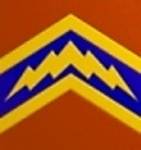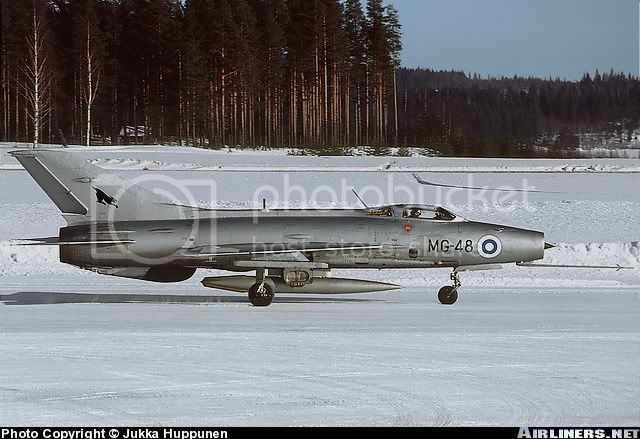Woah, you might want to edit that link you posted. Making it so long makes the resulting screen extra wide and you have to scroll one whole screen to the right just to reach the text box for writing a reply...
Anyways, the trick with long URL's is to embed them in a BB-code URL tag.
When you write or edit a new posting, the text box has a bar beneath it with several buttons. I have made a screenshot since a picture is much easier to explain.

1. is the plain vanilla URL tag. You press this button and paste the link between the two tags it generates.
2. In the first tag this generates, you get to choose the text that will make up the link you actually click on. The URL goes between the = and ] in the first tag, and the visible text goes between the tags.
3. Email addresses don't work with URL tags, so you have to use the Email tag instead.
4. Anything between the two tags this generates will be in bold.
5. This makes text Italic.
6. This is for quoting text from another post.
7. This is for embedding an image in your post. You can post a plain link to the image using URL if the picture is too big to embed in a reply.
I have underlined the button for uploading photos, and circled the button for BB code help if you have any further questions. Personally, I always use photobucket and just link to my photos from there, you get tons more storage than provided by aeroscale. It allows you to make sub albums and it will also automatically generate the link for the photo with the BB code tags included.
http://photobucket.com As for deciding what you want do do with the paint, I would suggest getting several small pieces of sheet styrene, for example an evergreen sheet cut into small pieces, and do some test runs until you find the finish you want. The key is to not be afraid to experiment, and don't worry too much about screwing up a bit the first few times.
One more tip: You will eventually find in your kits that pieces are misshapen, warped or otherwise unfit for assembly. As an example, look at my WIP (Work In Progress) thread on that Toko Strutter I built:
Look at my second post. There you will see that there is a bar of plastic holding the upper part of the fuselage slightly apart. The fuselage was slightly pinched which meant that the upper decking would have hung over the edges by about a millimeter. Checking the three view drawing showed that the fuselage was too narrow, so I had a choice, I could have left it as it was and then rebuild new sides for the fuselage with thin plastic sheet, losing all that nice fabric texture, or take the easy way and just fill in the open area along the top section behind the cockpit, using styrene shims to hold it in place. You can see what choice I made.

P.S. I almost forgot. When embedding photos make sure to restrict them to a maximum of 1024 pixels in width, because if you make it too wide it will cause the same problem as that really wide URL you left in your last post. (You might want to edit that out and repost the link using those URL tags I showed you.)































